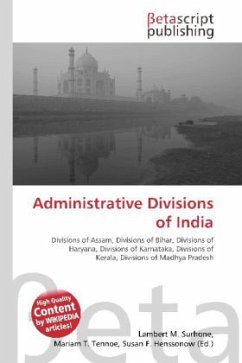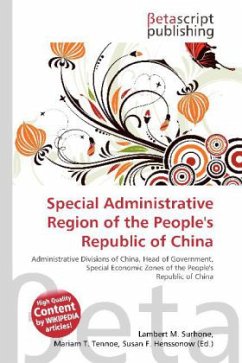Please note that the content of this book primarily consists of articles available from Wikipedia or other free sources online. The Administrative divisions of India are Indian subnational administrative units; they compose a nested hierarchy of country subdivisions. Indian states and territories frequently use different local titles for the same level of subdivision (e.g., the mandals of Andhra Pradesh correspond to tehsils of Uttar Pradesh and other Hindi-speaking states and taluka of Gujarat and Maharashtra). The smaller subdivisions (villages and blocks) exist only in rural areas. In urban areas Urban Local Bodies exist instead of these rural subdivisions. In the context of the Indian Constitution, local government bodies are the subject of the State List and are thereby governed by State Statutes, or in the case of Union Territories, by the Union Parliament. Federal recognition of local government was substantively expressed in the 74th Constitution Amendment Act of 1992.
Bitte wählen Sie Ihr Anliegen aus.
Rechnungen
Retourenschein anfordern
Bestellstatus
Storno








